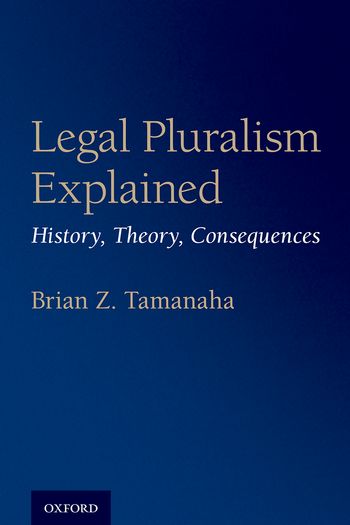
Legal pluralism involves the coexistence of multiple forms of law. This includes state law, international law, transnational law, customary law, religious law, indigenous law, and the law of distinct ethnic or cultural communities. Legal pluralism is a subject of discussion today in legal anthropology, legal sociology, legal history, comparative law, international law, transnational law, jurisprudence, and law and development scholarship. This book places legal pluralism in historical context going back to the Medieval period, describes the origins of legal pluralism in postcolonial countries and its implications today, identifies manifestations of legal pluralism within Western societies, discusses contemporary transnational legal pluralism, identifies problems with current theoretical accounts of legal pluralism, and articulates an approach to legal pluralism that avoids theoretical problems and is useful for social scientists, theorists, and law and development scholars and practitioners.